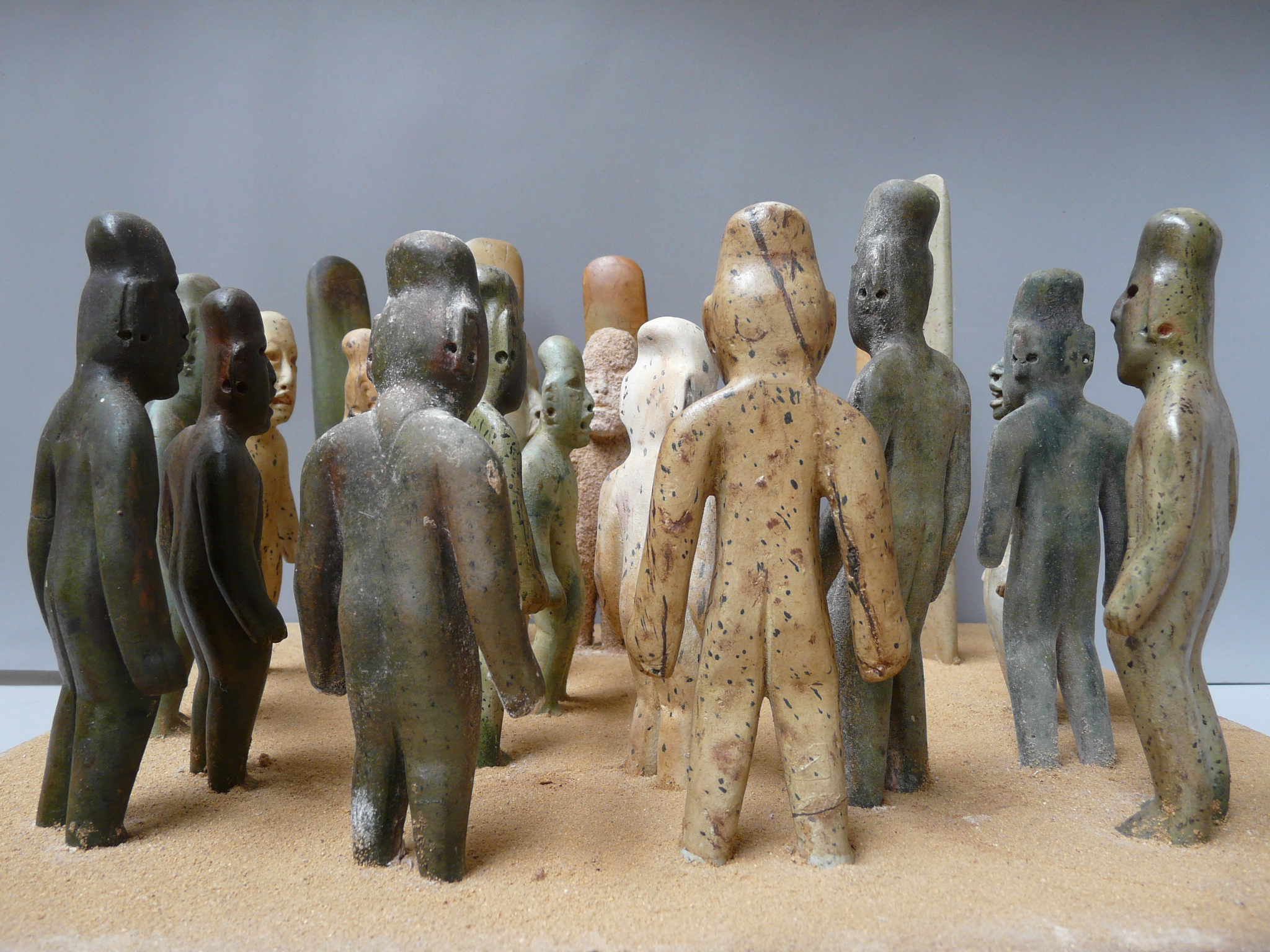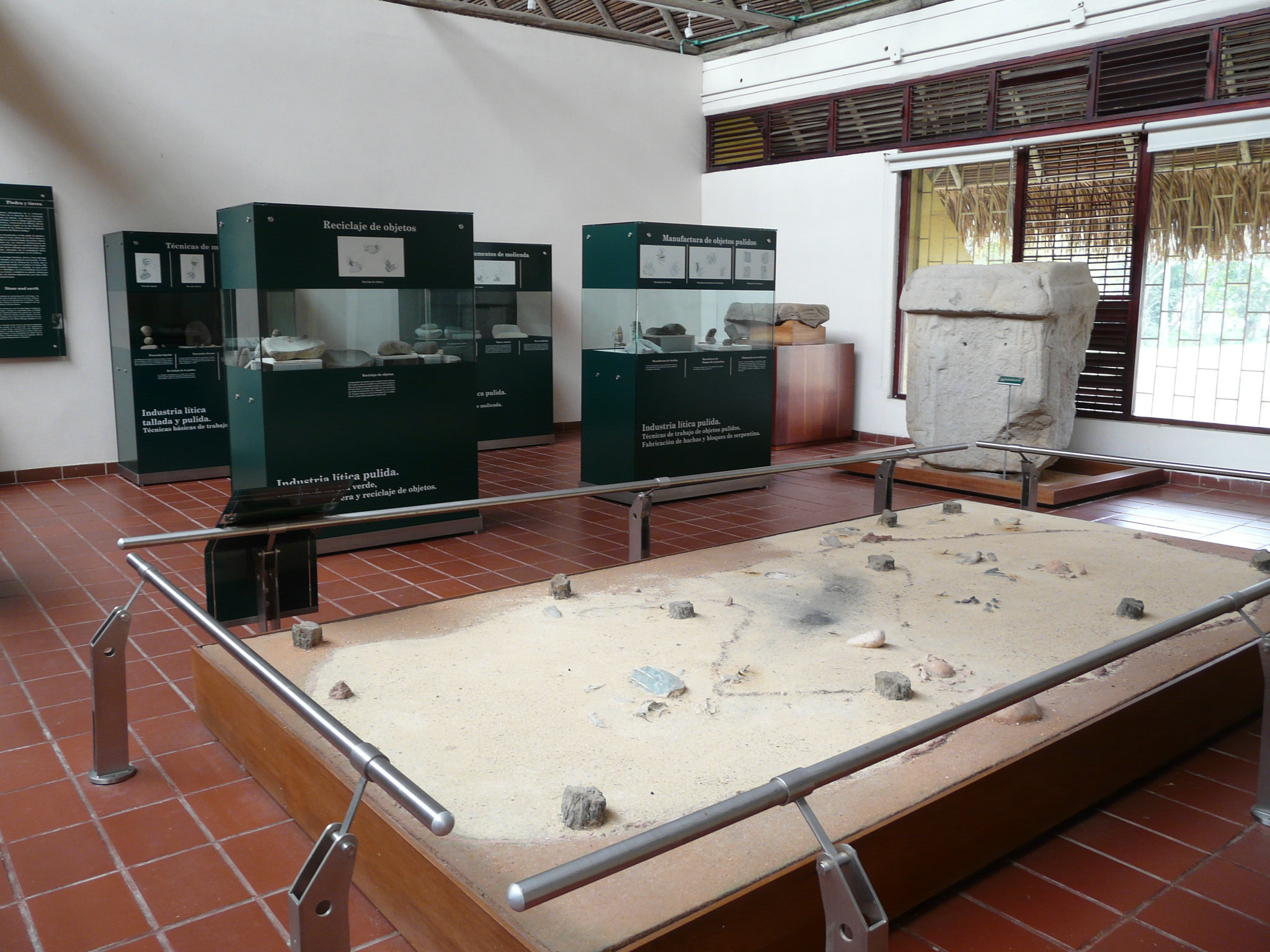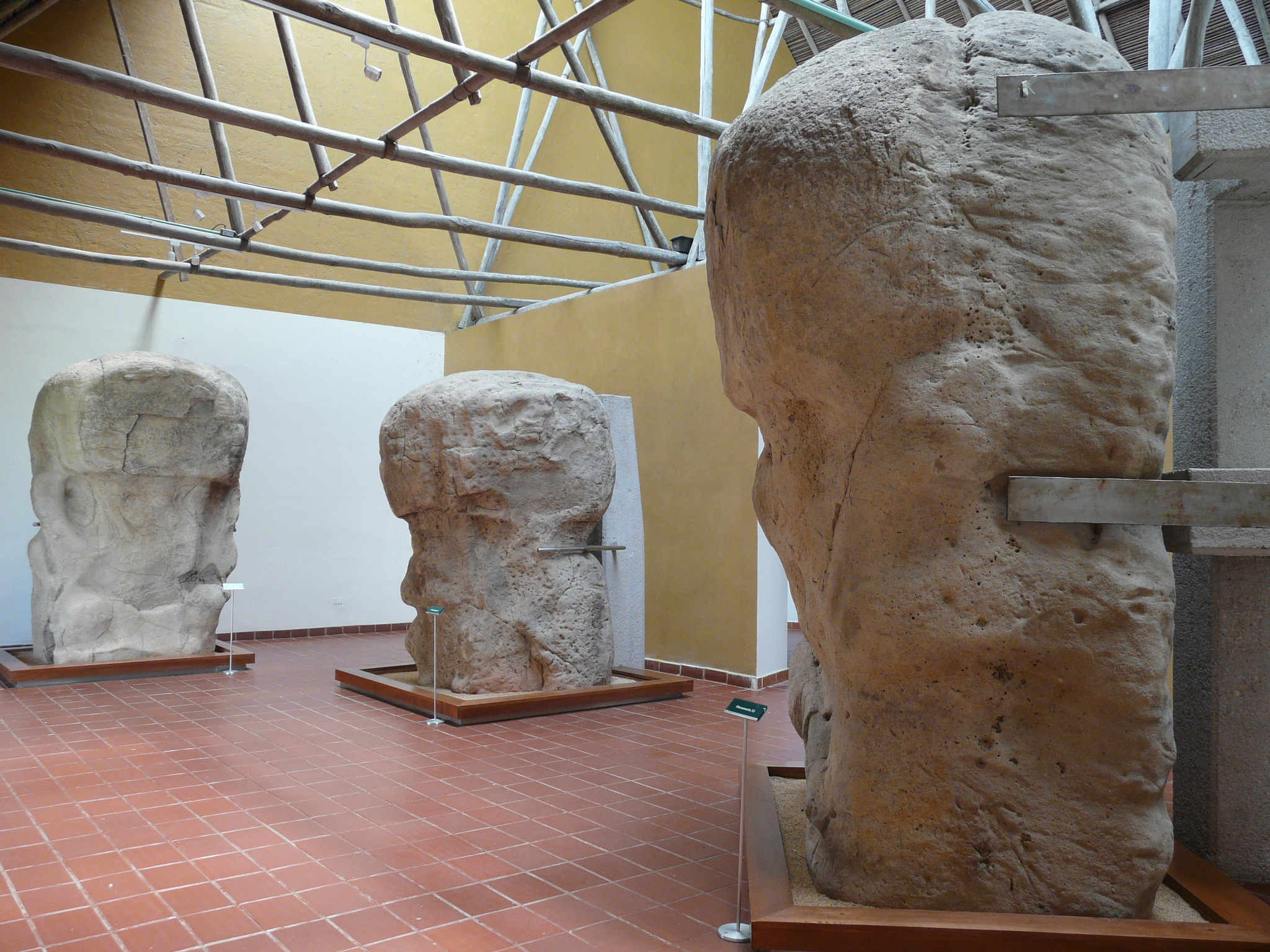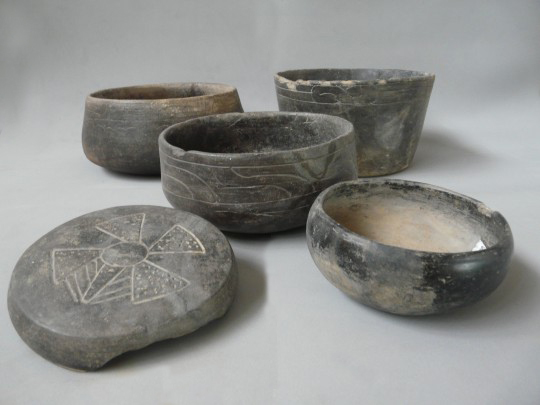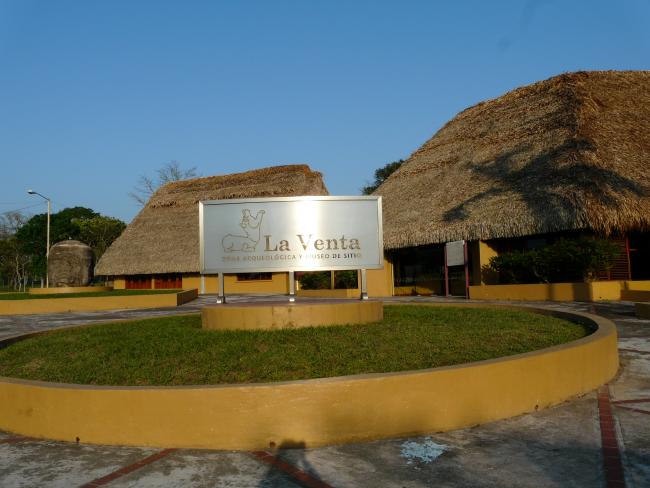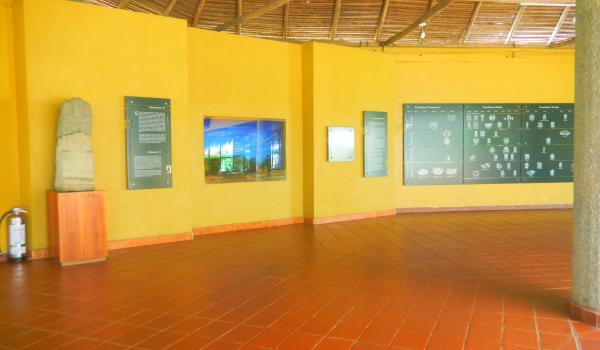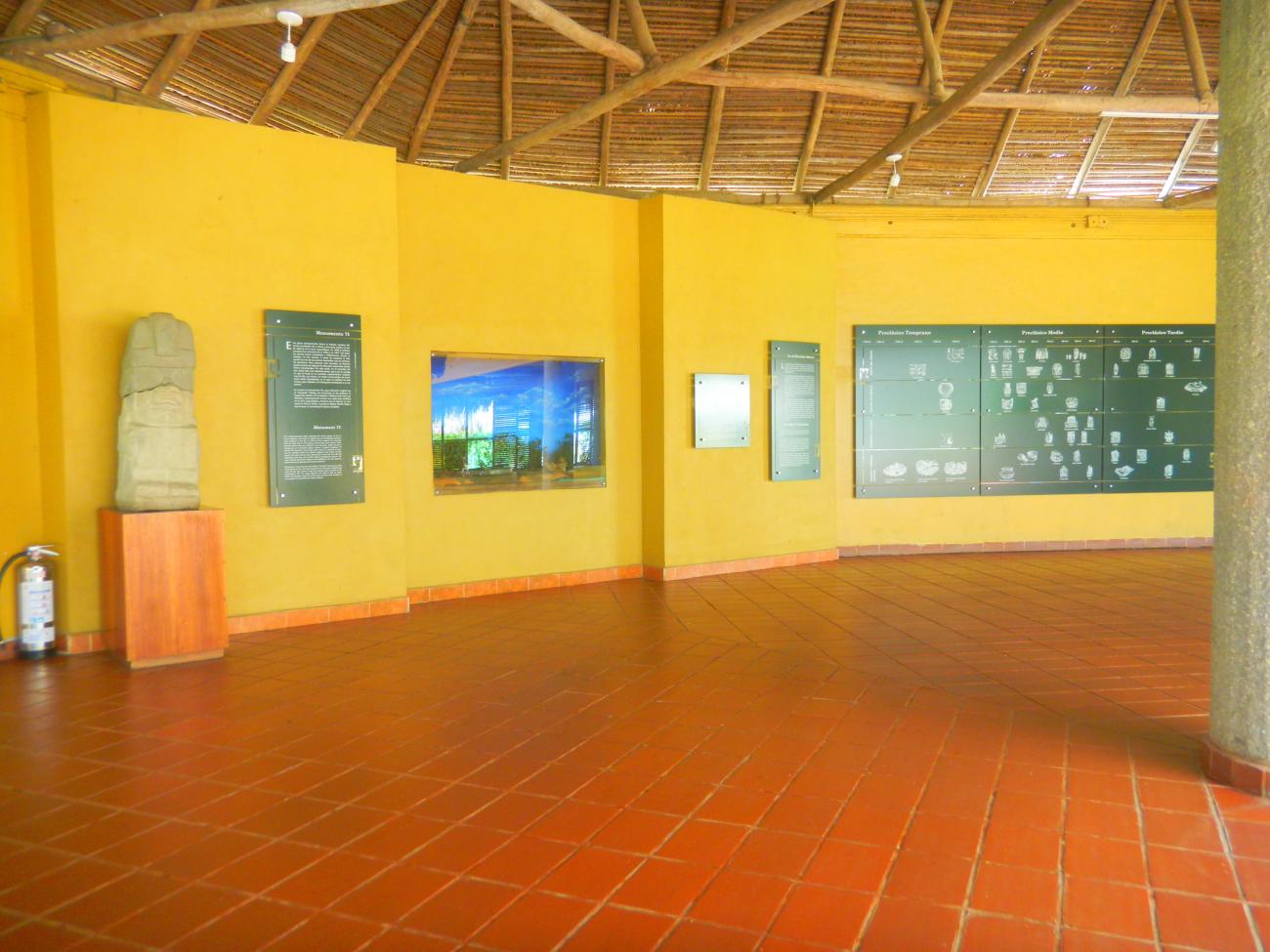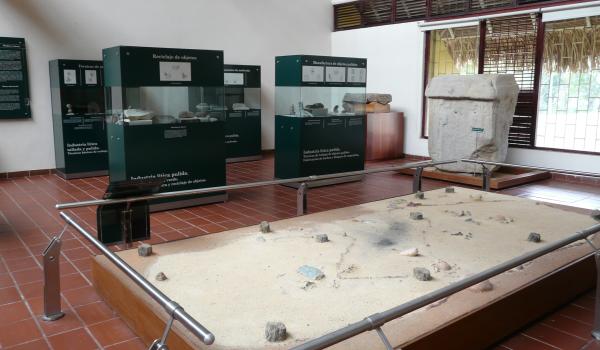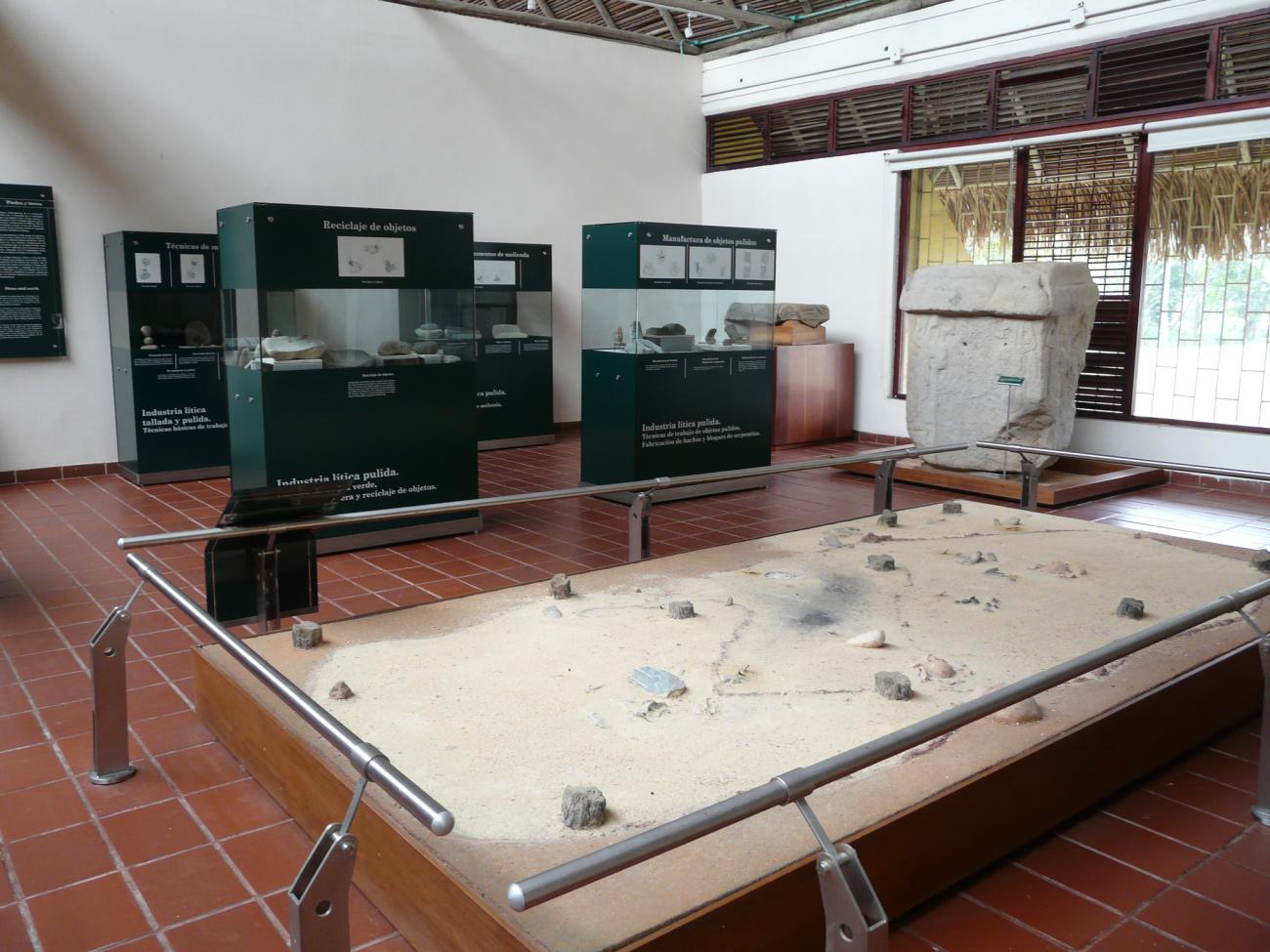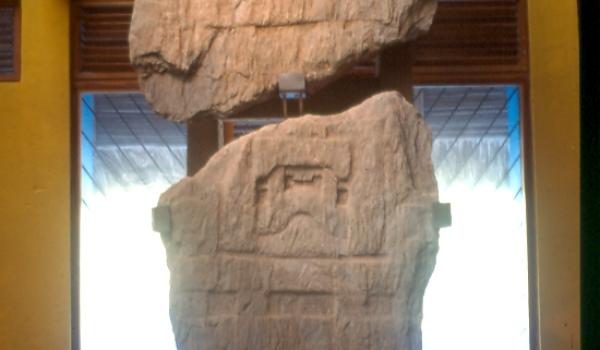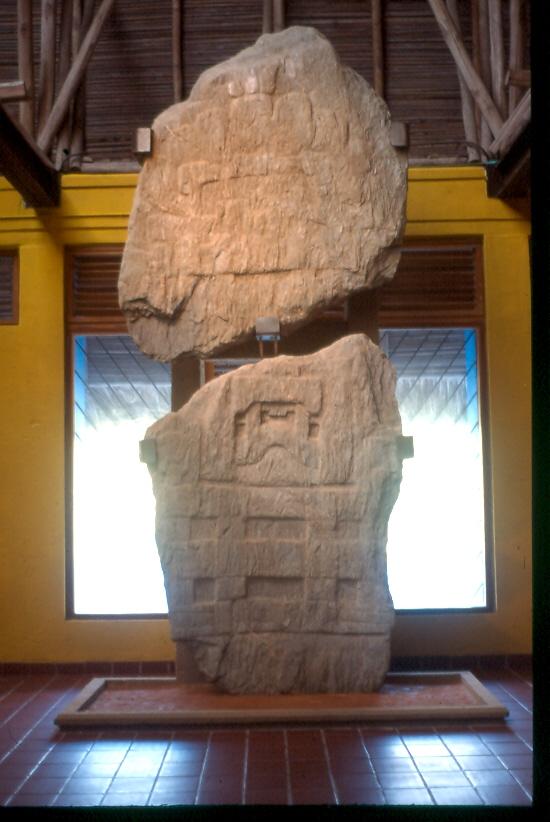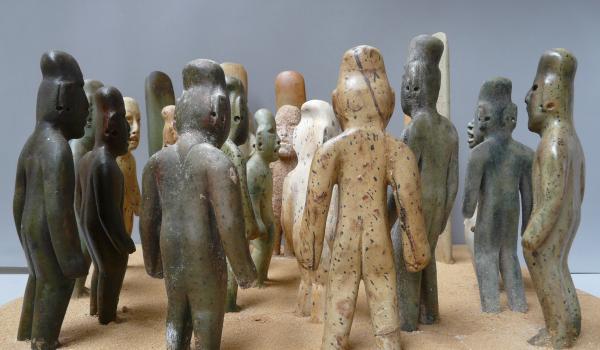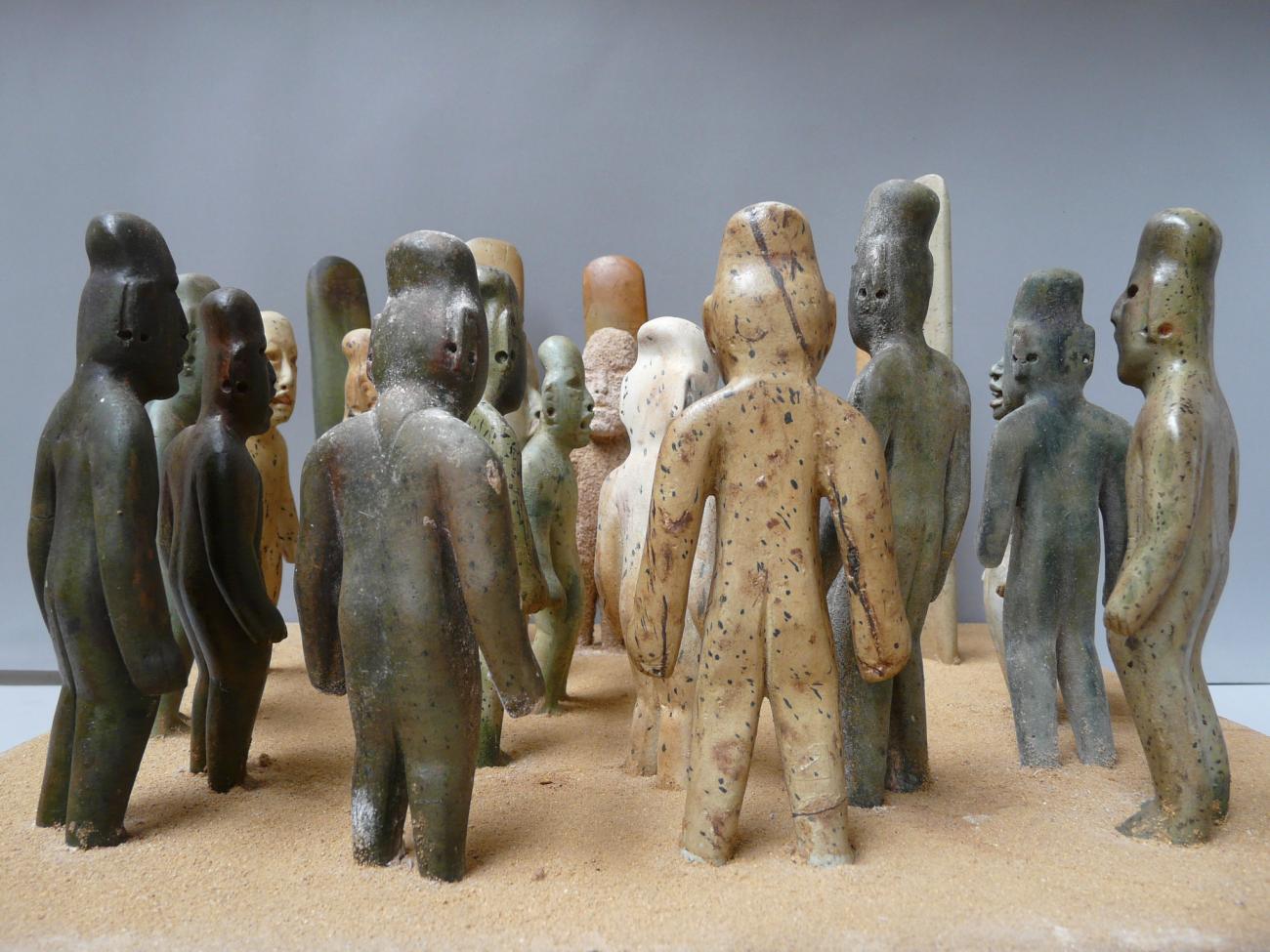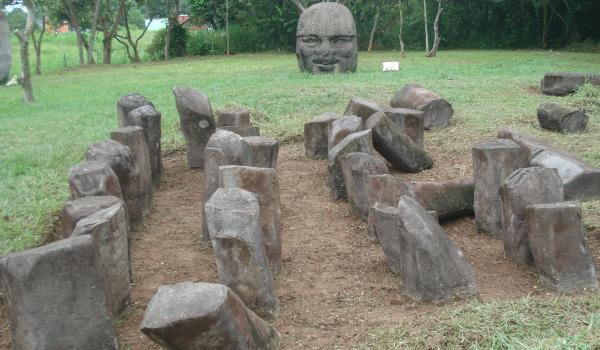Visit us
Museo de Sitio de La Venta
Opening hours
Tuesday to Sunday from 08:00 to 17:00 h - Last entry 16:00 h
Fee
Sin costo Visitantes nacionales
Sin costo Visitantes extranjeros
Visitas fuera de horario normal de operación $730.00
Visits outside of normal operating hours $730.00
Aditional Fees
- Included in the entrance to the Archeological Site
Adress
Villa La Venta, Zip Code 86418,
Huimanguillo, Tabasco, Mexico
Access
From Coatzacoalcos, take highway 180 to Villahermosa; the archeological zone and its Site Museum are located at km 45.
From Villahermosa, take highway 180 and then 180-D towards Minatitlán, until the junction of both roads. Take the Villa La Venta-Villa Sanchez Magallanes road, which heads north, and in Villa La Venta you will reach the archeological site and the Site Museum.
Services








Important
- Extra fee for professional cameras
- Sundays free for mexican citizens
- Free entrance for Mexicans under 13 years old
- Free entrance for Mexican students and teachers
- Free entrance for Mexican senior citizens
- No smoking
- No entry with food
- Pets not allowed

